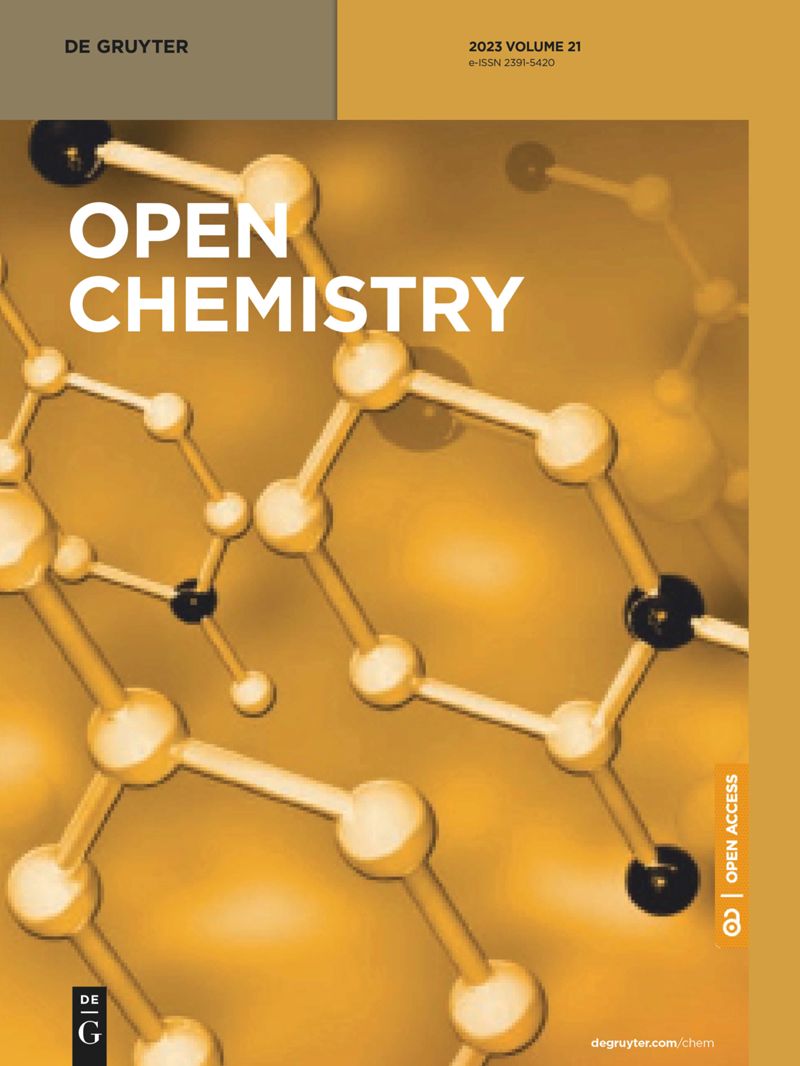Spatial mapping of indoor air quality in a light metro system using the geographic information system method
IF 2.1
4区 化学
Q3 CHEMISTRY, MULTIDISCIPLINARY
引用次数: 0
Abstract
It is known that one of the greatest problems of developed countries in the twenty-first century is traffic. For this reason, engineers have searched for alternative solutions to the problem of traffic. One such solution is the construction and utilization of rail systems instead of main roads. From an engineering perspective, rail systems can be divided into three groups: metro, light metro, and tram systems. Light metro systems, which are a form of public transportation, are not directly inside the traffic. Their most important advantages include the fact that they do not release combustion products such as CO, and metro and light metro systems may be considered environmentally friendly based solely on their electricity consumption. In this study, measurements of parameters affecting indoor air quality were made inside light metro cars and in and around light metro stations belonging to the light metro system of the Metropolitan Municipality of Antalya, known as the tourism capital of Turkey. In February and March 2021, when the COVID-19 pandemic was first registered in Turkey, particulate matter (PM), temperature, and relative humidity measurements were made for testing indoor and outside air quality. Moreover, as outside air parameters, outside temperature, outside relative humidity, CO, normalized difference vegetation index, and ultraviolet aerosol index data were obtained from the General Directorate of Meteorology of Turkey. The measurement results were analyzed using the inverse distance weighting method in the geographic information system. Based on the results of the analyses, spatial maps were created for indoor and outside air quality parameters in the light metro system. Using these maps, the effects of passenger density and environmental factors both inside the metro cars and at the metro stations on indoor air quality were identified. In addition, the spread of the SARS-CoV-2 virus in the COVID-19 period was analyzed using spatial maps of the PM利用地理信息系统方法绘制轻轨系统室内空气质量空间图
众所周知,21 世纪发达国家最大的问题之一就是交通。因此,工程师们一直在寻找交通问题的替代解决方案。其中一个解决方案就是建设和利用轨道系统来代替主干道。从工程学的角度来看,轨道系统可分为三类:地铁、轻轨和有轨电车系统。轻轨系统是一种公共交通形式,不直接进入交通内部。它们最重要的优点包括不会释放一氧化碳等燃烧产物,而且地铁和轻轨系统仅从耗电量来看就可以被认为是环保的。在这项研究中,对土耳其旅游之都安塔利亚市轻轨系统的轻轨车厢内和轻轨站内及周围影响室内空气质量的参数进行了测量。2021 年 2 月和 3 月,即 COVID-19 大流行病首次在土耳其出现时,测量了颗粒物(PM)、温度和相对湿度,以测试室内外空气质量。此外,作为室外空气参数,室外温度、室外相对湿度、一氧化碳、归一化差异植被指数和紫外线气溶胶指数数据均来自土耳其气象总局。测量结果利用地理信息系统中的反距离加权法进行了分析。根据分析结果,绘制了轻轨系统室内外空气质量参数空间分布图。利用这些地图,确定了地铁车厢内和地铁站的乘客密度和环境因素对室内空气质量的影响。此外,还利用 PM0.3 和 PM0.5 参数的空间分布图分析了 COVID-19 期间 SARS-CoV-2 病毒的传播情况。相信本研究的结果将为世界范围内进一步的室内空气质量研究树立典范。本研究的独特之处在于,它采用了一种特别适用于测量和地理信息工程的方法来分析轻型地铁系统的室内空气质量。
本文章由计算机程序翻译,如有差异,请以英文原文为准。
求助全文
约1分钟内获得全文
求助全文
来源期刊

Open Chemistry
CHEMISTRY, MULTIDISCIPLINARY-
CiteScore
3.80
自引率
4.30%
发文量
90
审稿时长
6 weeks
期刊介绍:
Open Chemistry is a peer-reviewed, open access journal that publishes original research, reviews and short communications in the fields of chemistry in an ongoing way. The central goal is to provide a hub for researchers working across all subjects to present their discoveries, and to be a forum for the discussion of the important issues in the field. The journal is the premier source for cutting edge research in fundamental chemistry and it provides high quality peer review services for its authors across the world. Moreover, it allows for libraries everywhere to avoid subscribing to multiple local publications, and to receive instead all the necessary chemistry research from a single source available to the entire scientific community.
 求助内容:
求助内容: 应助结果提醒方式:
应助结果提醒方式:


